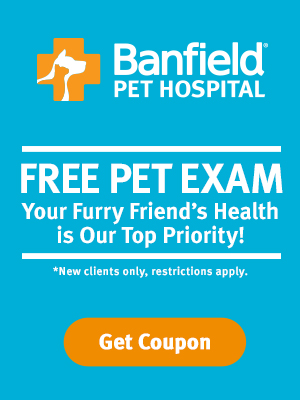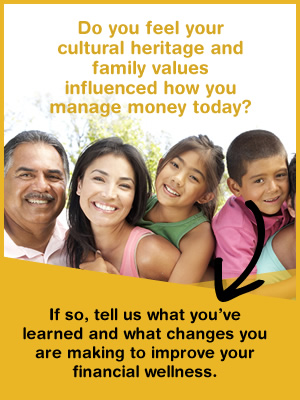
Talking to your kids about racism
07/09/2020 06:00AM | 3562 viewsIt can be hard to talk to your children about racism. Some parents worry about exposing their children to issues like racism and discrimination at an early age. Others shy away from talking about something they themselves might not fully understand or don’t feel comfortable discussing. Yet others, especially those who have experienced racism, simply do not have such choices.
Conversations about racism and discrimination will look different for each family. While there is no one-size-fits-all approach, the science is clear: the earlier parents start the conversation with their children the better.
Babies notice physical differences, including skin colour, from as early as 6 months. Studies have shown that by age 5, children can show signs of racial bias, such as treating people from one racial group more favourably than the other. Ignoring or avoiding the topic isn’t protecting children, it’s leaving them exposed to bias that exists wherever we live. Children who encounter racism, can be left feeling lost while trying to understand why they are being treated a certain way, which in turn can impact their long-term development and well-being.
Being silent cannot be an option.
How to talk to your child about racism
The way children understand the world evolves as they grow, but it’s never too late to talk to them about equality and racism. Here are some age-appropriate ways to start that conversation and explain that racism is always wrong:
Under 5 years
At this age, children may begin to notice and point out differences in people they see around them. As a parent, you have the opportunity to gently lay the foundation of their worldview. Use language that’s age-appropriate and easy for them to understand.
- Recognize and celebrate differences – If your child asks about someone’s skin colour, you can use it as an opportunity to acknowledge that people do indeed look different, but to point out things we have in common. You could say, “We are all human, but we are all unique, isn’t that amazing”!
- Be open – Make it clear that you’re always open to your children’s questions and encourage them to come to you with them. If your children point out people who look different – as young children can often do from curiosity – avoid shushing them or they will start to believe that it’s a taboo topic.
- Use fairness – Children, especially those around 5, tend to understand the concept of fairness quite well. Talk about racism as unfair and unacceptable and that’s why we need to work together to make it better.
It’s OK not to have all the answers.
6-11 years
Children this age are better at talking about their feelings and are eager for answers. They are also becoming more exposed to information they may find hard to process. Start by understanding what they know.
- Be curious – Listening and asking questions is the first step. For example, you can ask what they’re hearing at school, on television and through social media.
- Discuss the media together – Social media and the internet may be one of your children’s main sources of information. Show interest in what they are reading and the conversations they are having online. Find opportunities to explore examples of stereotypes and racial bias in the media, such as “Why are certain people depicted as villains while certain others are not?”.
- Talk openly – Having honest and open discussions about racism, diversity and inclusivity builds trust with your children. It encourages them to come to you with questions and worries. If they see you as a trusted source of advice, they are likely to engage with you on this topic more.
12+ years
Teenagers are able to understand abstract concepts more clearly and express their views. They may know more than you think they do and have strong emotions on the topic. Try to understand how they feel and what they know, and keep the conversation going.
- Know what they know – Find out what your children know about racism and discrimination. What have they heard on the news, at school, from friends?
- Ask questions – Find opportunities such as events in the news for conversations with your children about racism. Ask what they think and introduce them to different perspectives to help expand their understanding.
- Encourage action – Being active on social media is important for many teenagers. Some may have begun to think about participating in online activism. Encourage them to do so as an active way to respond and engage with racial issues.
Celebrate diversity
Try to find ways to introduce your child to diverse cultures and people from different races and ethnicities. Such positive interactions with other racial and social groups early on helps decrease prejudice and encourages more cross-group friendships.
You can also bring the outside world into your home. Explore food from other cultures, read their stories and watch their films.
Be conscious of racial bias in books and films and seek out ones that portray people from different racial and ethnic groups in varied roles. Consider stories that feature minority actors playing complex or leading characters. This can go a long way in confronting racial and discriminatory stereotypes.
If your children are in school, find out from their teacher about how racism is covered in class and school rules and regulations to prevent and deal with it. Join parents’ groups to share resources and concerns with teachers and school leadership.
Explore the past together to better understand the present. Historical events like the end of apartheid in South Africa, the civil rights movement in the United States and other movements for equality around the world remain symbols of a traumatic past that societies are still recovering from. Understanding them together can shine a light on how far we’ve come and how much further we still have to go. These shared experiences can further help your child build trust and openness to different perspectives.
There are no others, just other people.
You are the example your child follows
Parents are children’s introduction to the world. What they see you do is as important as what they hear you say.
Like language, prejudice is learned over time. In helping your child recognize and confront racial bias, you should first consider your own — does your friend circle or people you work with represent a diverse and inclusive group?
Take every opportunity to challenge racism, demonstrate kindness and stand up for every person's right to be treated with dignity and respect.











Post your Comment
Please login or sign up to comment
Comments